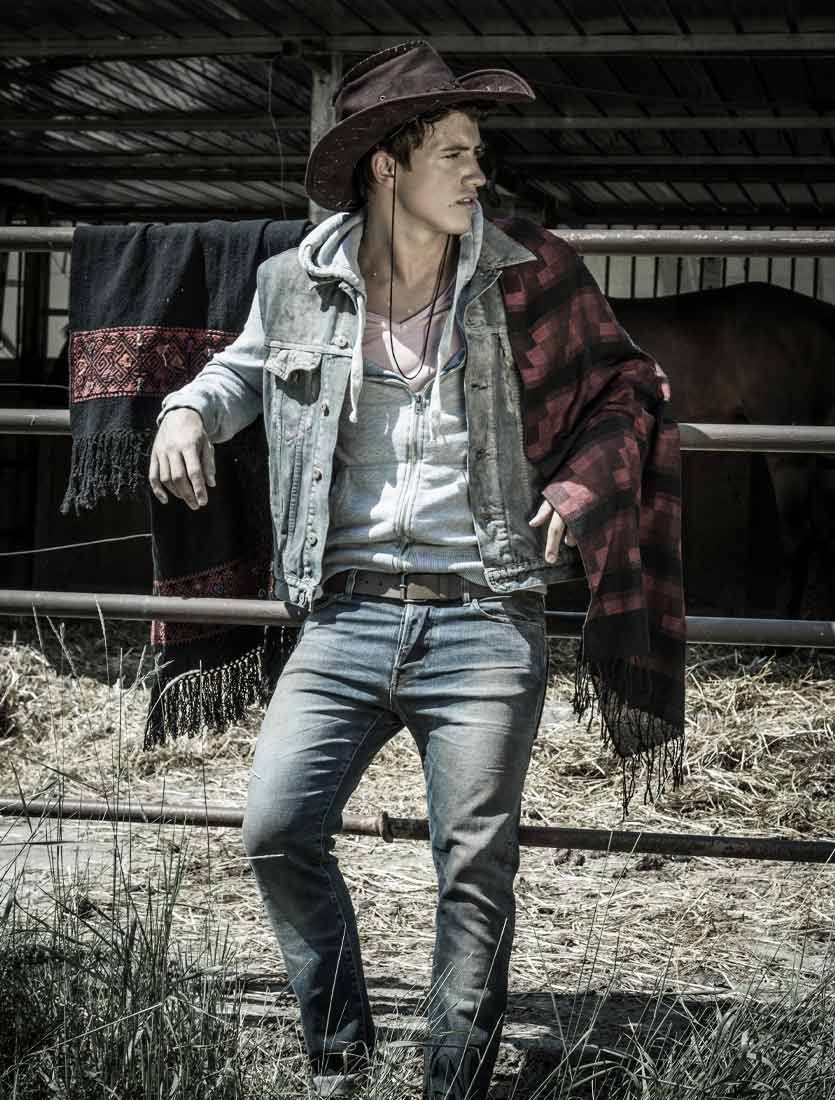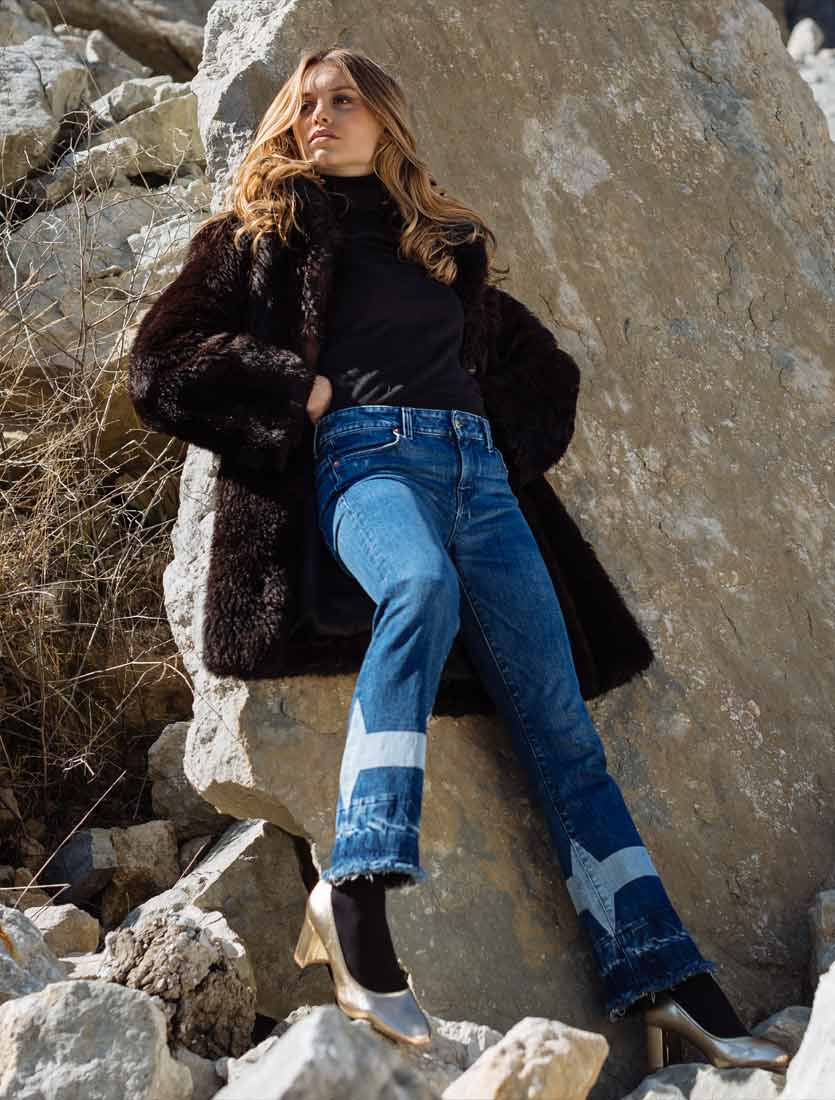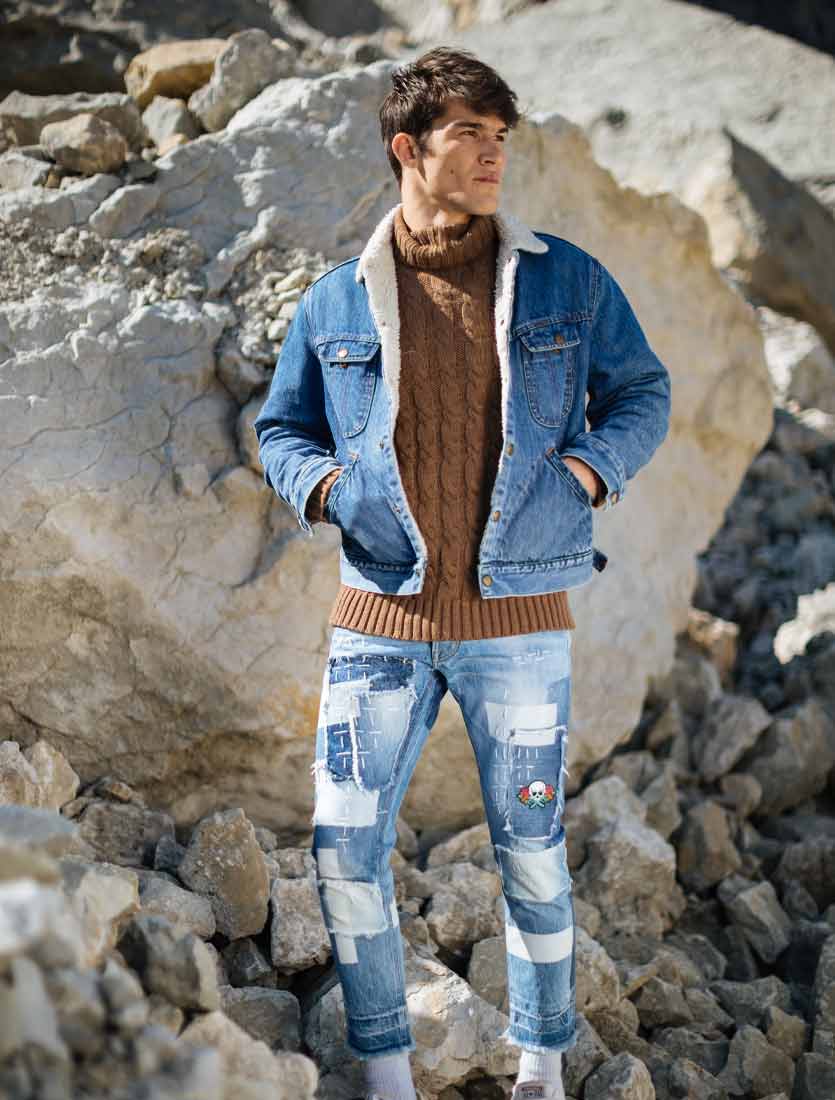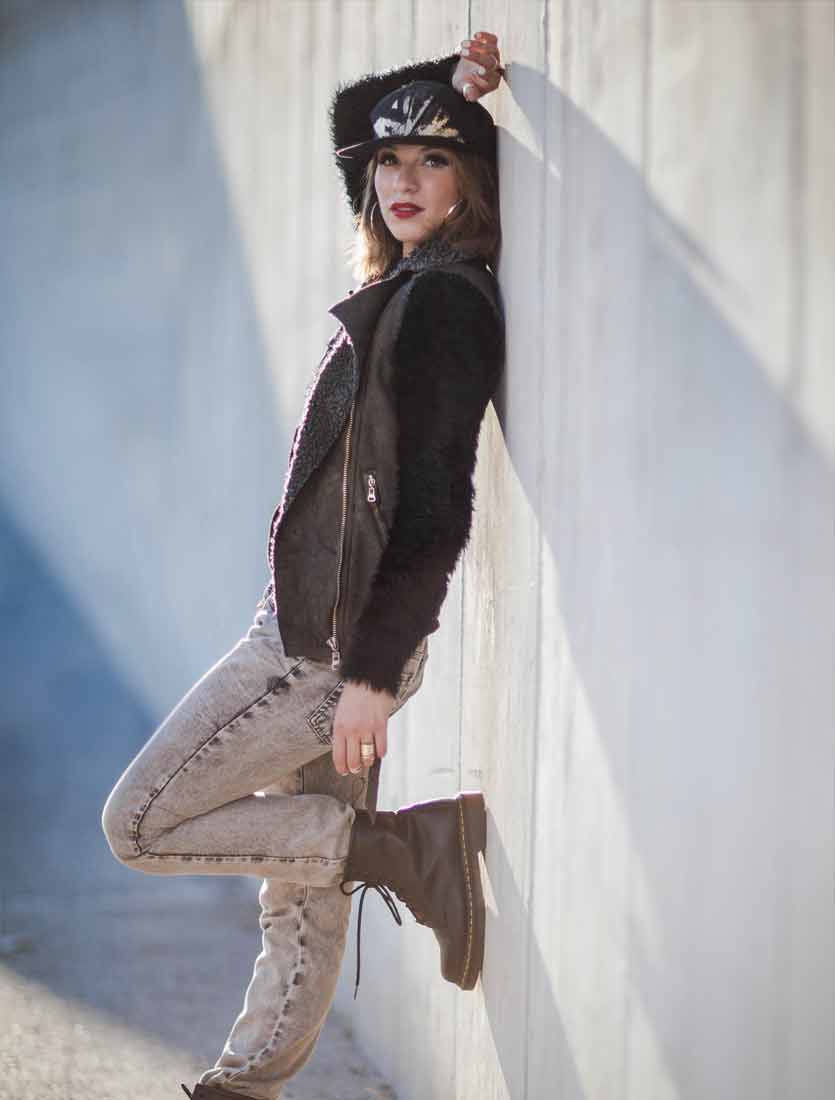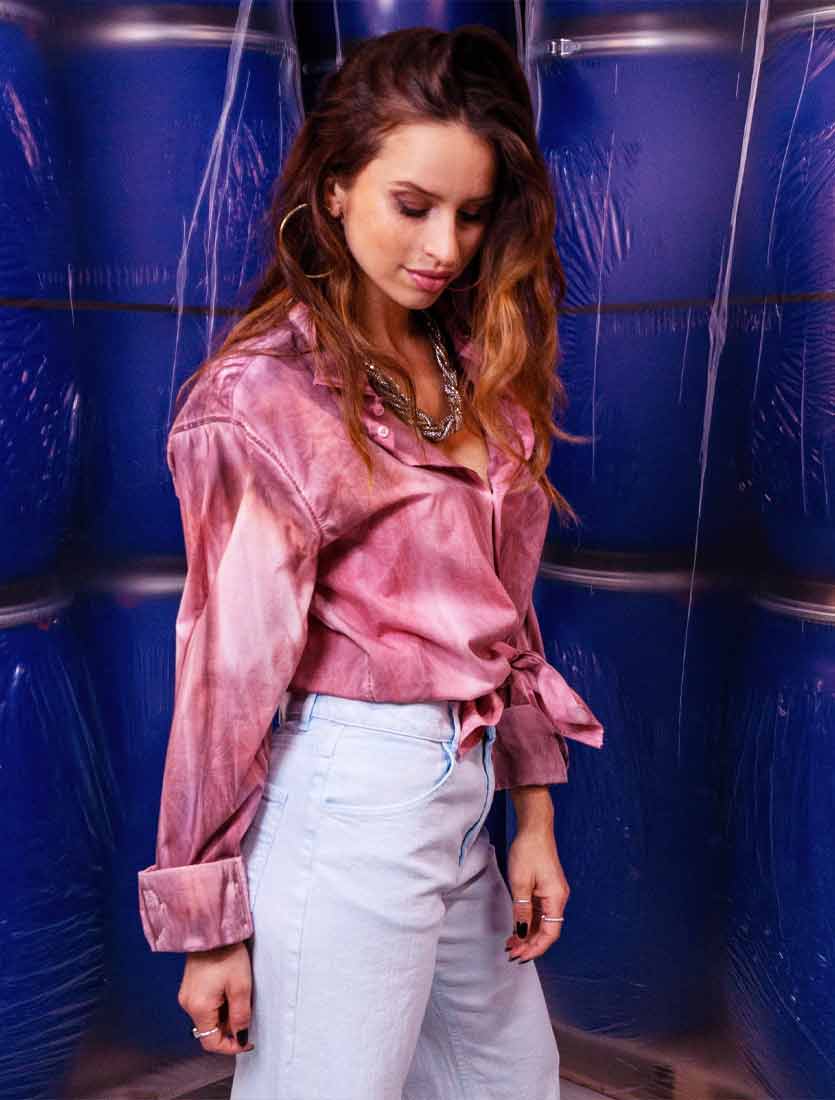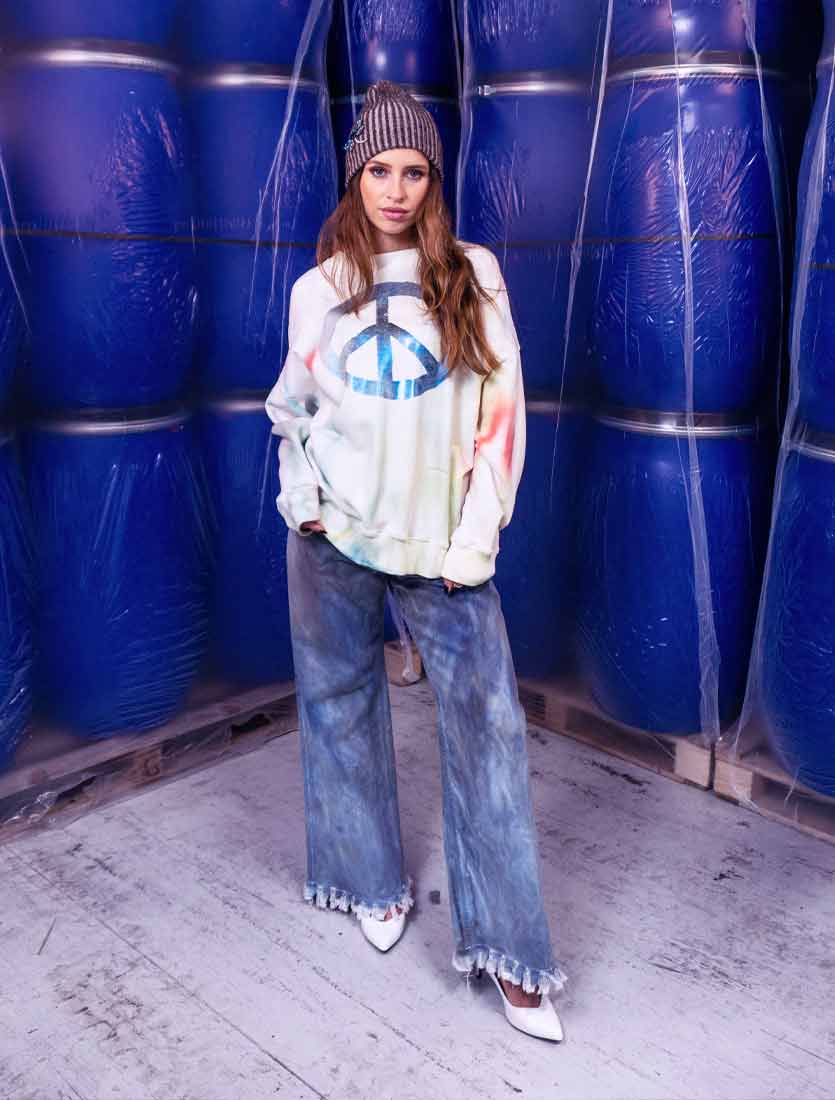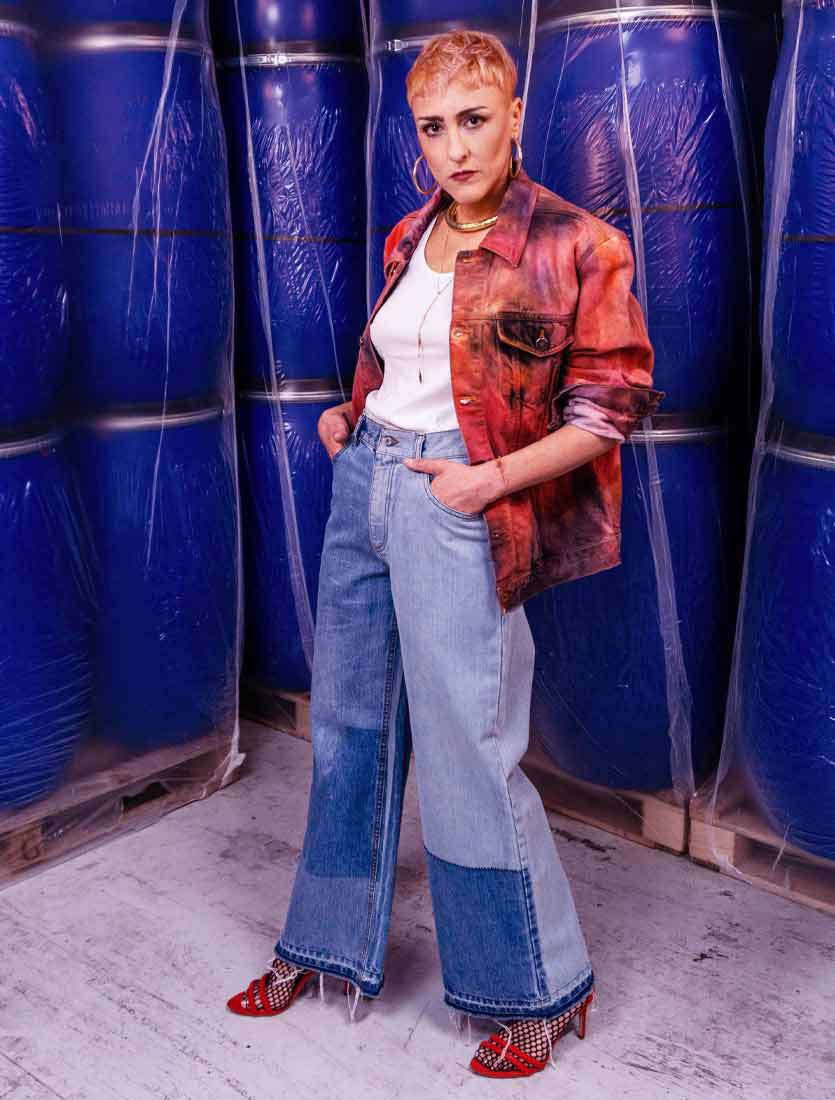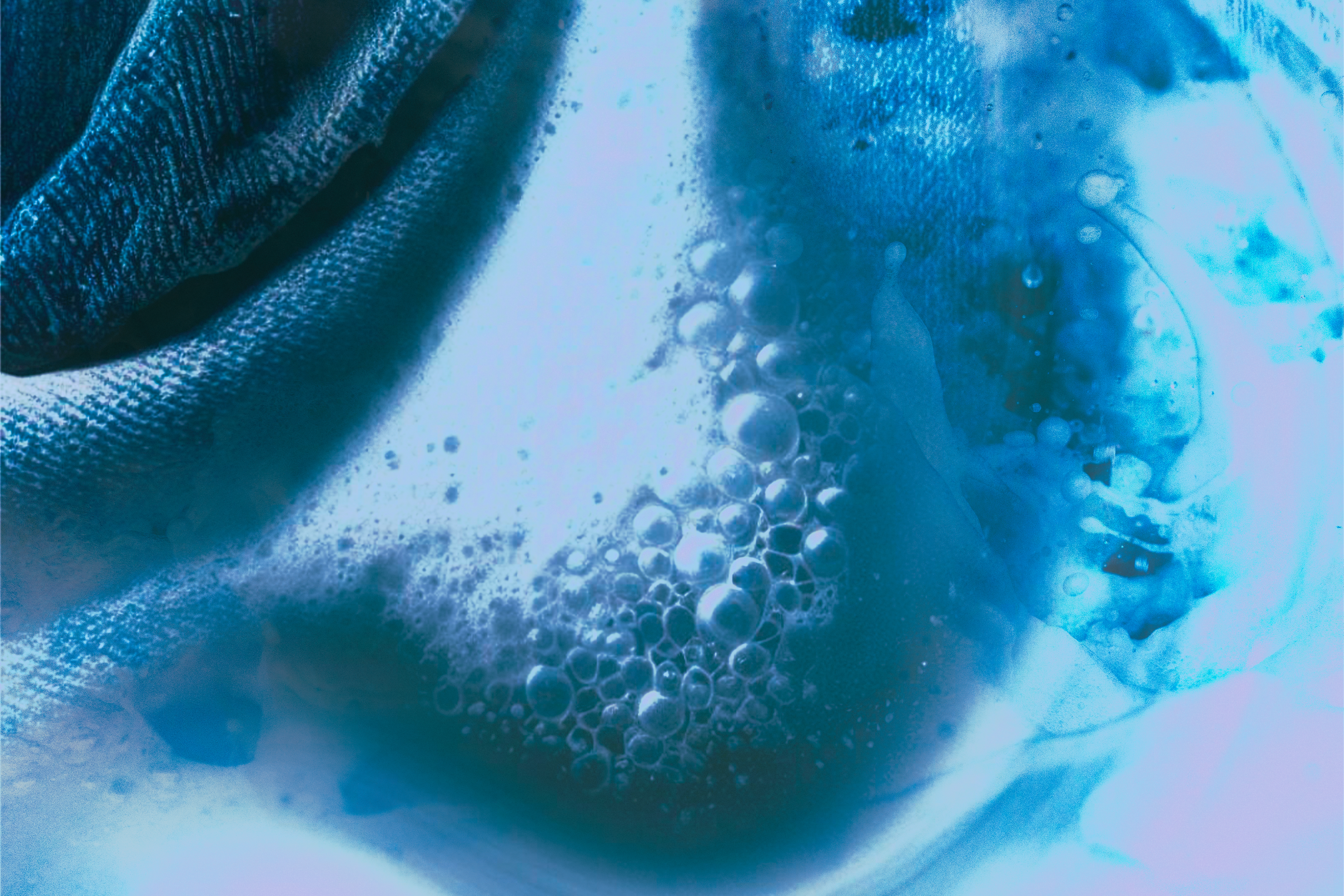Denim inspiration
A short history on how the jeans' style has changed over the years
This article was made in collaboration with Davide Vagnetti, Creative Manager at Garmon Studio.
Inspiration from the past
These may have been the characteristics of jeans since its creation. And although much has changed, they are still often essential and required by consumers who want to buy a pair of jeans around the world.
In the past, jeans were synonymous of strength, workmanship, robustness, and durability. When Levi Strauss & Co. patented the jeans with the rivets in 1873, the small metal pieces were considered a great innovation. The rivets were placed in the folds and seams of the denim garment to give firmness in the stress points. At that time, the central proposal of jeans was still to be a garment focused on the clothing of workers, only men, who had recently arrived in the factories of the U.S. due to beginning of the industrial revolution.
The rivets became the standard and are still used in today's jeans. This is how the jeans that we know today came to be.
Industrial, synthetic, productive.
However, the origin of blue jeans may be much older. There are records of ancient populations that used the natural indigo dye extracted from the Indigofera Tinctoria plant over 5,000 years ago in their garments woven with techniques known for over 12,000 years. Our current jeans are around 150 years old, but the famous shades of blue have always fascinated human beings.
And in this recent time, so much history has happened.
After the II World War, the American economic boom and globalization took jeans to all corners of the world, spreading throughout Europe and Asia, and going through long cycles of remarkable and representative changes: from fashion to a synonym of teenage rebellion, from representing specific groups, like bikers and cowboys, to kids clothing, and so on.
Jeans are no longer raw, easy, and uncomplicated.
Jeans are innovative, trendy, and detailed.
Here and now
The global apparel and denim industry reflects current global trends and people’s mood. Denim, following the world, is experiencing a period full of dualities and uncertainties:
Basic vs Extravagant
The textile industry has been severely affected by the pandemic, with drastic consequences for the entire supply chain. From the cotton farmer, through the processing industry, finishing laundries, brands, and on to retail stores. With numerous restrictions due to COVID-19 pandemic, the consumption of clothing has been reduced. Slowly, the market is striving to return to the volumes and numbers seen in a not too distant past. But the consequences are severe and affect the entire population, which has been squeezed into two extremes, reflected by their purchase power: the first one seeks the basics, in a response to the uncertain financial conditions experienced; the other seeks fashion, reflecting a higher social class with a repressed buying desire, now categorized as "revenge buying", which allows to dare and go beyond the basics.
Mass production vs. Exclusive production
Another phenomenon observed today are the contrasts between mass production and exclusive production, where it is included handcrafted and luxury garments. This movement is also linked to the same extremes mentioned above. Mass production is consolidated as basic, with traditional styles, limited to the use of a few finishing agents, such as enzymes for stone wash and bleaching agents, still many of them are commodities, aligned with the search for low prices. In contrast, the other category, as dedicated to exclusivity and luxury, allows more creative and fashionable looks, and uses more premium finishing chemicals, such as resins.
Synthetic vs. Sustainable
After so many years of a world producing jeans with synthetic dyes and irresponsible use of chemicals, we see that consumers started to search for jeans produced responsibly and sustainably, with safe chemicals used conscientiously. Transparency and traceability emerge as requirements related to the sustainability of the production. The mindset change is ongoing, takes time, and is very much linked to the dualities already mentioned. This subject also gives us a hint of what to expect for denim in the future!
The future – we'll make it!
When the first pair of jeans was released in the 1870's, such success and global expansion were probably not predicted. More than hundred and fifty years later, the market strives to predict the future, despite the changes of course seen in our recent history. If the route remains as expected, we should be able to obtain more and more sustainable looks.
The style and design of the garments might be even the same of decades ago, as fashion is cyclical, but in the future it will be a must to be sustainably manufactured. The future awaits us with a reinterpretation of the past with sustainable chemicals, sustainable dyes, sustainable cotton, in a respectful attitude towards the environment and future generations.
Subjects that are frequently around the talks of brands, laundries and chemical suppliers involve reducing water consumption in production, the use of clean energy and cold processes… and the never-ending search for the balance between beauty and sustainability, since they can no longer exist apart.
Sustainability and creativity in action! Garments made with smart foam, which minimizes natural resource consumption, making sustainable garment production easy and accessible.
The Garmon of the Future
At Garmon, we are proud to be part of the global denim industry's history and we respect the journey of each of our customers towards a sustainable future. We look ahead to the future and anticipate solutions that can bring sustainability and fashion to denim production right now.
Discover our certified chemicals and our smart foam technology, a recent milestone in the denim industry, that reduces water consumption, produces unique and innovative looks, and operates in all steps of the denim finishing process, from desizing to stone washing, bleaching and dyeing.
Want to know more on our treatments for denim?
References
